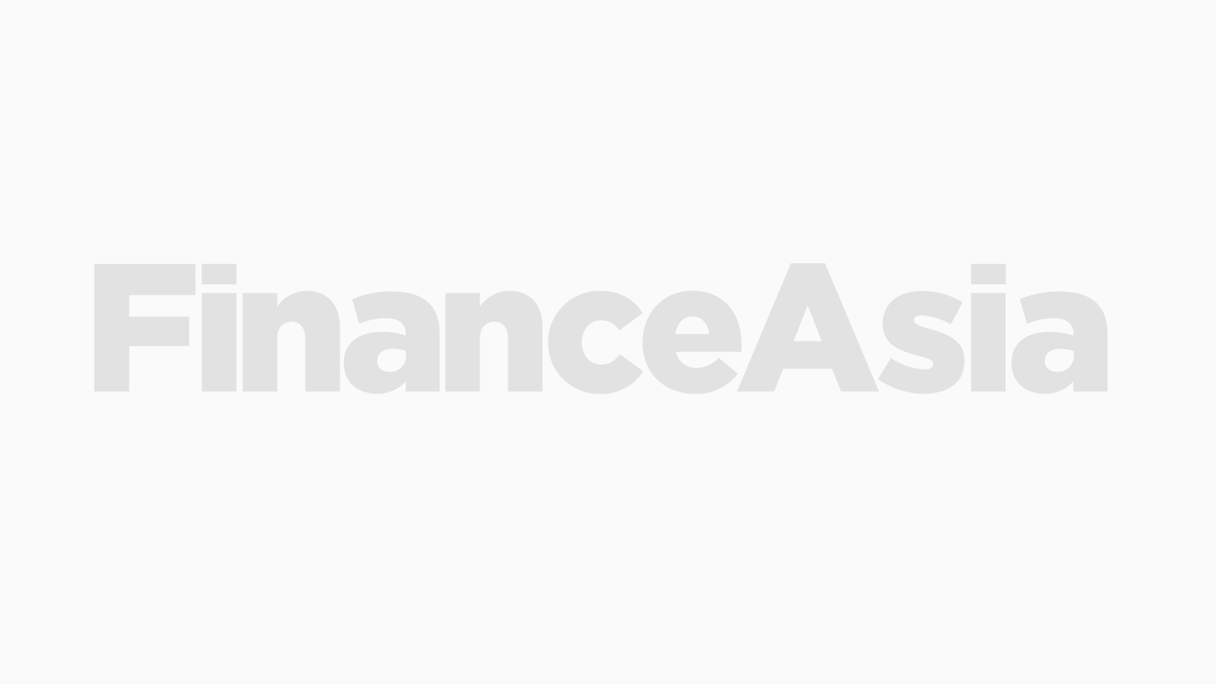After all the controversy surrounding the mandate of the $500 million deal, the deal's launch yesterday (Tuesday) proved remarkably straightforward, though a tiring slog for the lead bankers, one of whom only managed to grab a few hours sleep the night before pricing in a cardboard box beside his desk.



